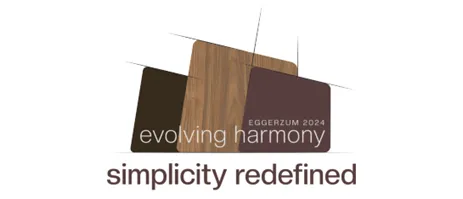Table of Contents
Wilsonart aims to educate architects, designers about endangered  and threatened wood species
and threatened wood species
Here are two numbers to ponder:
- 57 percent of Amazon tree species are threatened with extinction.
- 99 percent of architects and interior designers cannot name a majority of endangered or threatened wood species.
Given that those numbers from a 2017 survey commissioned by Wilsonart add up to continued trouble for the world’s endangered wood, Wilsonart is doing its part to educate architects and interior designers. The company’s initiative,  “Understanding Wood: Sourcing Against the Grain,” includes the second annual National Day of Learning, a cross country education tour, new content at Wilsonart’s online education hub and a renewed grant to Interlochen Arts Academy.
“Understanding Wood: Sourcing Against the Grain,” includes the second annual National Day of Learning, a cross country education tour, new content at Wilsonart’s online education hub and a renewed grant to Interlochen Arts Academy.
The Understanding Wood initiative, launched in 2017, aims to educate architects and designers not only on how to identify endangered and threatened wood species but to equip them to find alternate materials that meet their aesthetic and functional needs, said Tammy Weadock, Wilsonart’s communications manager.
“We learned from our outreach last year that professionals in the industry are eager to be more informed about the materials they specify,” Weadock said. “We will continue to escalate awareness around global forestry issues and help end the use of endangered woods in architecture and design.”
The National Day of Learning “Global Forestry CEU” at the Center for Architecture in New York City was presented in October by Grace Jeffers, an American writer, historian and educator who is known for an interdisciplinary and integrated approach to the study of materials. The presentation was offered in person and was livestreamed across the country.
In her presentation, Jeffers urged architects and designers to help change the world by asking five questions when they source wood:
– What wood species is this?
– Where in the world does it come from?
– What is happening in the forests there?
– Is this illegal wood?
– Is this legal wood?
Jeffers noted that while humans have consumed roughly the same amount of wood per capita over the last two centuries, population growth has led to more forests being cut at a faster rate than ever.
Laminates also can play a role in helping sustain the world’s forests because they efficiently use the byproducts of solid wood manufacturing and can reduce the need to harvest more trees, she noted.
In addition to speaking at the National Day of Learning, Jeffers will be touring America and speaking at architectural firms, colleges, and industry organizations and leadership groups about global forestry.
As part of the Understanding Wood program, Wilsonart also added content to its Educational Hub at wilsonart.com/understanding-wood —including videos, photography, presentations and articles—that will continue to act as a resource for the A&D community. Additionally, Wilsonart renewed its support for the Interlochen Arts Academy, a premier arts educational  institution for high school students located near Traverse City, Michigan. The grant helps fund curriculum that explores the science and art of transforming a pine plantation into a beautiful native forest. It also provides students with a perspective on the role forests play as the lungs of the earth.
institution for high school students located near Traverse City, Michigan. The grant helps fund curriculum that explores the science and art of transforming a pine plantation into a beautiful native forest. It also provides students with a perspective on the role forests play as the lungs of the earth.
The results of the 2017 survey continue to inform Wilsonart as it supports the Understanding Wood initiative and other efforts to educate architects and designers, Weadock said.
“We discovered that 42 percent of the professionals we surveyed did not know what makes a forest protected,” Weadock said. “Only 24 percent were very familiar with the Lacey Act, which makes using responsibly harvested wood not only an ethical choice but a legal responsibility.”
“Wilsonart is working to provide materials and events to educate professionals with the knowledge they need to protect their practices.”






